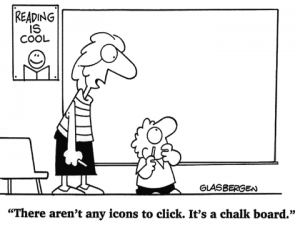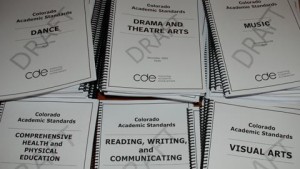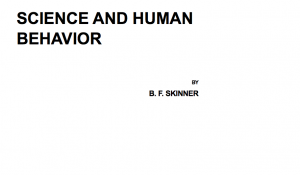I still remember that when I did my mater thesis on game-based learning and financial literacy, I was strongly opposed to the behaviorist perspective of learning. I even argued that game-based learning would not be authentic game-based learning if it was used to promote rote learning and memorization. I mocked those financial literacy games which used punishment-and-reward mechanism to deposit factual knowledge of financial concepts into players’ mind (e.g., Financial Football). All players needed to do was to get correct answers from a series of multiple choice questions and move the yards. Through this mechanistic learning process, it was expected that players could quickly get grip of financial concepts.

Honestly, I despised this game design and learning process. Instead, I chose Kolb’s experiential learning model as a blueprint for designing financial literacy digital games. I argued that a good financial literacy game had to be designed in a way that allowed players to go through four stages of learning: concrete experience, reflective observation, abstract conceptualization, and active experimentation. I believed that an experiential financial literacy game is more able to transfer what players learned in the game world to the real world.
On the defense day, I eloquently and energetically defend my thesis, and I passed, but the one thing I came to realize and learned from my committee members was that there is no good or bad learning theory; rather, the purpose of a learning task determines the appropriateness of adopting certain learning theory. Therefore, as Ertmer and Newby (1993) commented on the importance of learning theories to instructional design:
Learning theories and research often provide information about relationship among instructional components and the design of instruction, indicating how specific techniques/strategies might best fit within a given context and with specific learners. (p. 51)
From this perspective, an instructional designer should have not only knowledge of learning theories, TPACK, and instructional system, but also a high level of contextual awareness.







